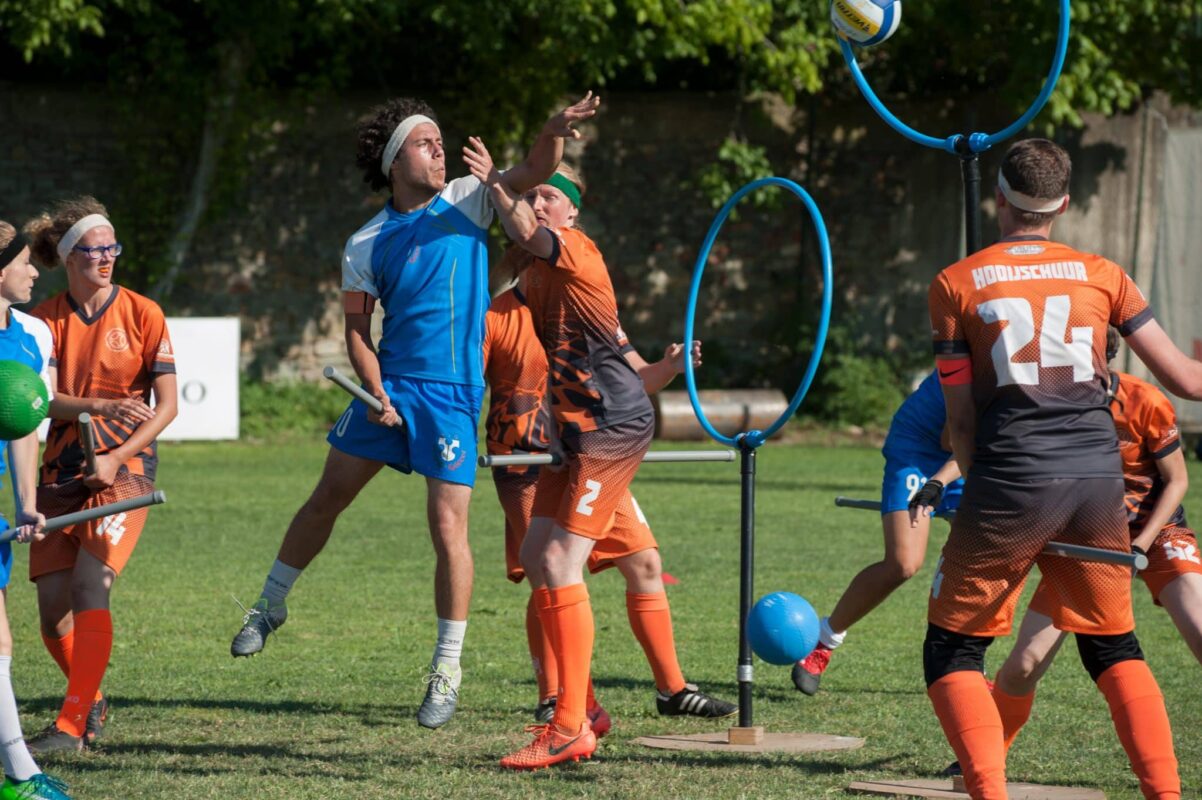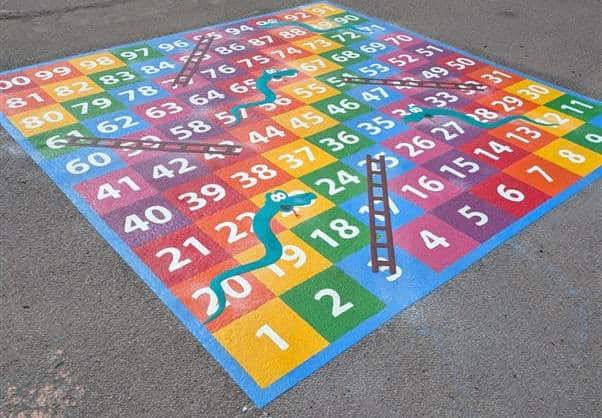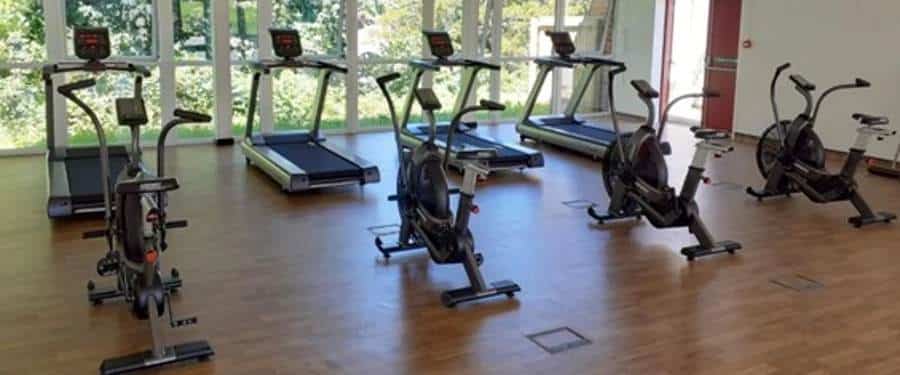Judo involves two participants in a contest where the object is to throw the opponent largely onto their back with considerable force and speed. This scores “ippon” (one point or 10 scores) and ends the contest. It is also possible to score ippon by pinning the opponent to the mat for 25 seconds. In addition to the sought-after ippon, smaller scores are given for less successful throws and hold-downs broken before the 25-second limit.
- It is essential that students are taught the various ways to submit and that they understand how important it is to accept submission and to stop applying techniques immediately.
- Students should not practise throwing techniques while others are practising groundwork skills.
- Strangle and arm locks are not appropriate to be taught as part of a school programme of tuition.
- Whenever possible, judogi (judo suits) should be worn in practice. These are mandatory in competition.
- Only bare feet are permitted on the tatami (judo mat).
- A minimum ceiling height of 3.5 metres is needed, with no objects hanging below this level.
- The recommended mat area is one metre by one metre for young children, increasing to two metres by one metre for adults. More space may be required, depending on the type of activity and intensity of practice or “randori”.
- The edge of the mat area should be at least two meters away from the walls, projections or open doors.
The practice of judo techniques helps children develop basic physical fitness in several ways, such as the development of strength, flexibility, agility, speed, dynamic and static balance, explosive power, and endurance.
GCSE syllabuses provide useful guidance for the organisation of judo activities. Visit the British Judo Association website for more useful information.
Did you know that you could use your PE and sport premium to buy Judo Mats and hire a Judo Coach to deliver the martial art as part of your extracurricular activities? Visit our PE and sports premium page for more information.





